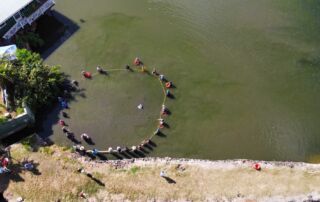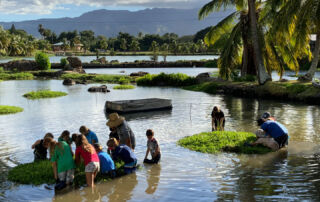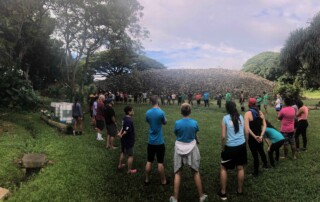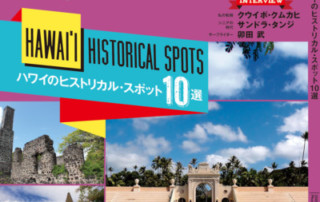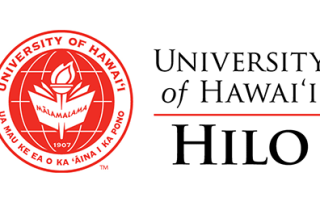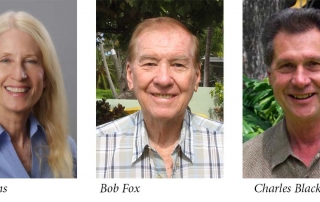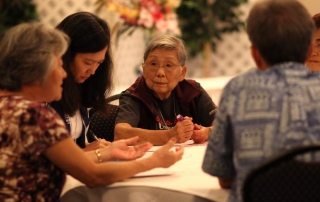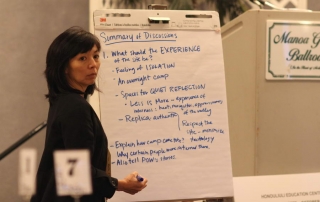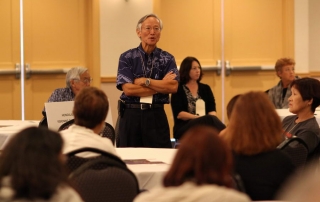Second Cohort Selected For Native Hawaiian Organization Stewardship Training Program
In July 2024, Historic Hawai‘i Foundation announced the second cohort of partners in its Native Hawaiian Organization Stewardship Training Program. The NHO Stewardship Program is a five-year initiative between HHF and the U.S. Department of the Interior to build capacity of NHOs towards historic preservation and stewardship with the goal of ensuring that their traditional cultural stories and places are being documented, preserved and shared in an appropriate manner with visitors and residents. Building on the success of the first cohort of NHO Partners, selected in 2022, a second Request for Proposals (RFP) was issued in 2024. The second cohort of NHO Partners includes projects on Kaua'i, O'ahu, and Hawai'i Island. Cohort 2, Project 1: Hui Malama O Kāneiolouma was selected for a stewardship training, preservation, and restoration project at Kāneiolouma Heiau Complex in Po‘ipū, Kaua‘i. Kāneiolouma Heiau Complex is a significant cultural site containing intact remnants of an ancient Hawaiian village located in the heart of Po‘ipū, Kōloa, Kaua‘i. Currently under the jurisdiction of the County of Kaua‘i, the complex includes the natural spring of Waiohai, ancient house sites, a fishpond, taro fields, surface irrigation channels, shrines, altars, and idol sites dating back to at least the mid-1400s Members of the Native Hawaiian group Hui Mālama O Kāneiolouma have cared for Kāneiolouma Heiau Complex for more than a decade. The group has an enduring vision and mission to protect, restore, interpret, and share Kāneiolouma as a public cultural preserve. Under a Stewardship Agreement signed in August 2010, the County of Kauaʻi granted official custodianship of the Kāneiolouma complex to the Hui. The project supported by the Historic Hawai‘i Foundation program will include providing a series of ten (10) dry [...]


